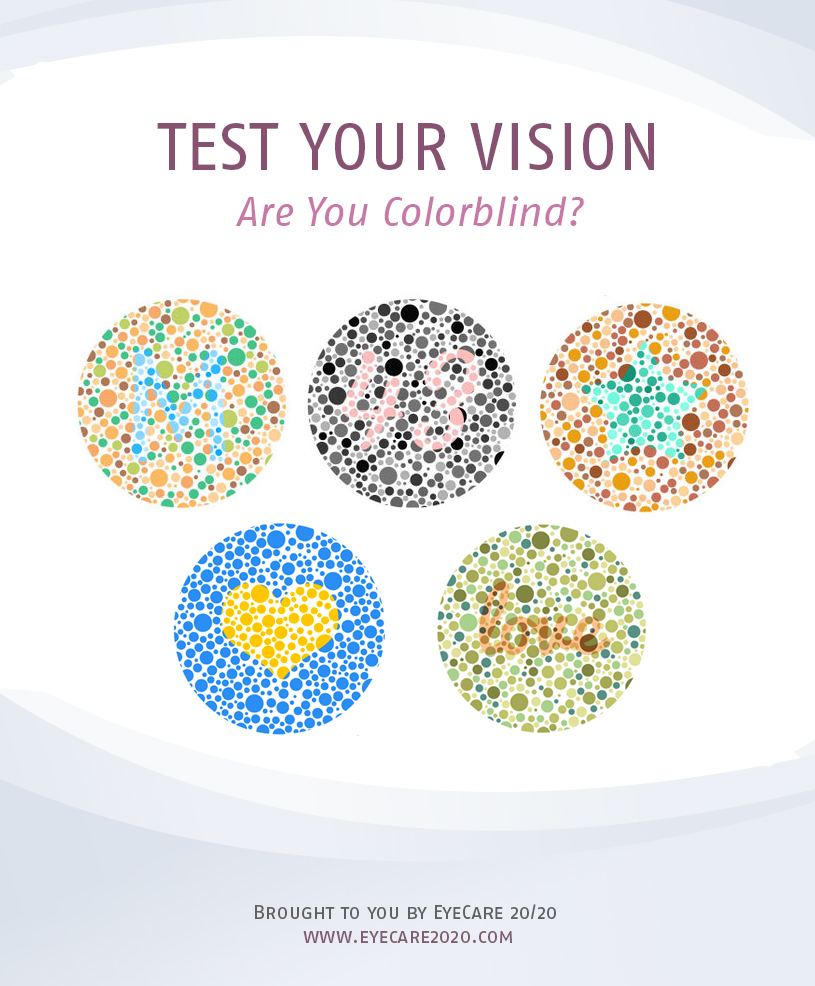Colorblindness is a much more common vision disorder than most people realize. As many as 1 in 12 men have some degree of colorblindness, while very few women suffer from the condition.
Contrary to what many think, being colorblind does not mean seeing in black and white. Almost all individuals with colorblindness can see colors. It’s just that they can’t see as many as those with normal vision.
How Colorblindness Is Inherited
Colorblindness is a congenital vision deficiency. It occurs when there are problems with certain color-sensing pigments in nerve cells called cones. Cones are located in the retina, the light-sensitive layer of tissue that lines the back of the eye.
The condition is passed on the X chromosome. Women have two X chromosomes, while men have one Y and one X. Colorblindness is therefore called a sex-linked trait. Such sex-linked traits are found far more commonly in men than in women because a woman has a second X chromosome that can compensate for a deficiency.
Because colorblindness is a sex-linked trait, a father cannot transmit colorblindness to his sons.
The Kinds Of Colorblindness
The most common kinds of colorblindness can vary in intensity from mild to severe.
If just one pigment is missing an individual has difficulty distinguishing between green and red colors. This is by far the most common type of colorblindness. 99% of sufferers are red-green colorblind.
If another pigment is missing, the eye cannot distinguish between blue-yellow colors. Those affected by this kind of colorblindness often have difficulty also seeing red and greens.
Because these deficiencies affect a spectrum of colors shading between red and green and blue and yellow, the condition depending on its severity makes many subtle colors impossible for a colorblind person to perceive.
The third kind of colorblindness is also the rarest. Achromatopsia is the condition whereby an individual cannot see any color, only shades of grey. The condition is often associated with other eye disorders like lazy eye, nystagmus (small, jerky movements of the eye), severe light sensitivity, and very poor vision. It can also be caused by some drugs used to treat rheumatoid arthritis.
No Cure
While the use of glasses with specially configured lenses can help colorblind people see some colors otherwise invisible to them, nothing can restore normal vision. There is no cure or treatment for colorblindness, but the International Color Vision Society at the University of Chicago includes active research into colorblindness among its studies.
That being said, there is a new pair of special glasses that aid the colorblind to better discern colors.
